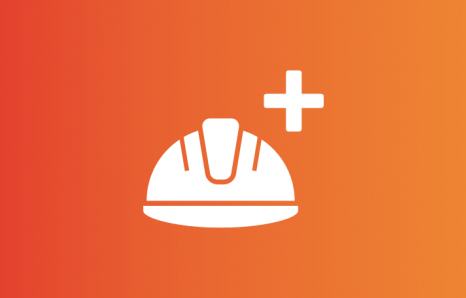Technological innovation in the automation of vehicles is progressing faster than standards or regulatory bodies can keep up with. The overall market share for automated vehicles is expected to increase to approximately 40% of vehicle travel by 2040. However, automated driving is fundamentally different to manual driving. The driver must be prepared to take over control of the vehicle whenever necessary. This shifts the driver’s role from being actively engaged in the driving task to that of a passive supervisor of the system. Studies on cognitive workload and performance show how humans who are overburdened tend to hurry their performance; commit more errors and become frustrated and fatigued. However, humans who are underworked can exhibit many of the same symptoms. This presentation discusses the implications of automated driving on human performance and considers possible countermeasures.
You may also be interested in:

Peer Power: Strategies for building supportive communities
George Hamlyn explores Transport for London's approach to authentic peer support, taking you through the history of TfL's peer support program and highlighting the risks of focusing solely on the 'soft and fluffy' side of wellbeing. He provides an overview of TfL's training program, the crucial role of documents, policies, and procedures in ensuring consistency and also discusses the importance of evaluating and holding peer supporters accountable for their actions.

Tips for staying alert and energised during your shift
Deborah Edmonds and Rupert Lown will explore how we can all contribute to improving our alertness when we are working on shifts. Shift working can be a bind, but a bit of thinking and with some small adjustments we can make ourselves more alert – and you won’t need cans of energy drink or treble expressos! Our lives are hectic, we often have young families, caring for parents, grappling to sleep in very hot weather. All of these are things we have to live with, but there are tips and tricks to help us and we will explore these with you.

Footcare for the railway industry
Good footwear that meets health and safety requirements is essential in the industry but knowing how to take care of what goes inside your boots (feet) is also important. By taking care of your feet, foot and ankle injuries can be avoided. This can also improve overall comfort when working long hours on uneven surfaces. Kelly Edwards, a podiatrist with experience working with the railway industry, shows you simple ways to help you feel better and healthier on your feet.
